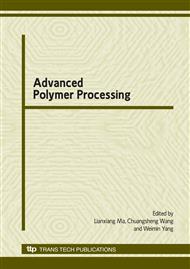p.137
p.143
p.149
p.154
p.160
p.167
p.172
p.177
p.183
Pressure Function Method in Tyre Structure Design
Abstract:
The pressure function method being different from traditional (experienced) design method. Natural balance outline design method is a tyre structure design method. Based on mathematics and mechanics reasonings, the structure and shape of the tyre were controlled by pressure function and then the structure design was further achieved. The mathematic-physical equations of the pressure function method were established. According to numerical calculation, the reasonable structure of tyre and the prediction of tyre-inflated shape could be accomplished. The pressure function method can reduce the cost and improve the design efficiency.
Info:
Periodical:
Pages:
160-166
Citation:
Online since:
December 2009
Authors:
Price:
Сopyright:
© 2010 Trans Tech Publications Ltd. All Rights Reserved
Share:
Citation:


